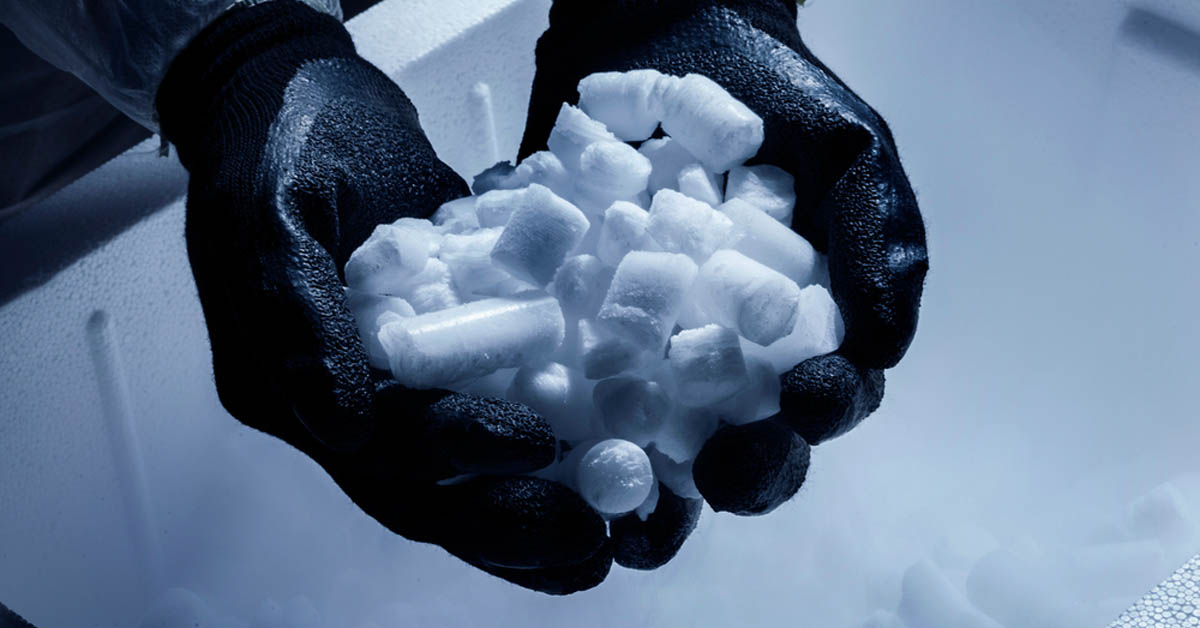Introduction: Dry ice, a solid form of carbon dioxide, offers numerous environmental advantages compared to traditional cooling methods and chemical agents. From reducing carbon emissions to minimizing waste, its eco-friendly properties make it an attractive choice for businesses and consumers alike. In this blog post, we’ll explore the environmental benefits of using dry ice and its positive impact on sustainability efforts.
1. Reduced Carbon Footprint:
- Carbon Neutral Production: Dry ice is produced as a byproduct of other industrial processes, such as ammonia production and fermentation. This means that it does not require additional energy or resources for its manufacture, resulting in lower carbon emissions compared to conventional cooling agents.
- Energy Efficiency: Dry ice sublimates at room temperature, eliminating the need for energy-intensive refrigeration systems. This not only reduces electricity consumption but also lowers greenhouse gas emissions associated with traditional cooling methods.
2. Minimal Waste Generation:
- Non-Toxic and Residue-Free: Unlike chemical refrigerants, dry ice does not leave behind any toxic residues or pollutants. This eliminates the need for hazardous waste disposal and reduces environmental contamination.
- Reusable Packaging: Dry ice can be used multiple times before it completely sublimates, making it a sustainable option for packaging and shipping perishable goods. Its reusable nature minimizes packaging waste and conserves resources.
3. Versatile Applications:
- Green Cleaning: Dry ice blasting is an environmentally friendly cleaning method that uses solid CO₂ pellets to remove contaminants from surfaces. It does not produce secondary waste or harmful chemicals, making it safe for the environment and workers.
- Carbon Capture: Dry ice can be used to capture and store carbon dioxide emissions from industrial processes, mitigating their impact on climate change. This carbon capture and storage technology helps reduce greenhouse gas emissions and combat global warming.
**4. Renewable Resource:
- Abundant and Sustainable: Carbon dioxide, the primary component of dry ice, is a naturally occurring gas that is constantly recycled in the Earth’s atmosphere. This makes dry ice a renewable resource that can be produced indefinitely without depleting finite natural resources.
Conclusion: Dry ice offers a range of environmental benefits, from reducing carbon emissions to minimizing waste generation and promoting sustainability. By choosing dry ice as an alternative cooling and cleaning agent, businesses and individuals can contribute to environmental conservation efforts and help build a greener future. Embracing eco-friendly solutions like dry ice is essential for mitigating climate change and preserving the planet for future generations.





